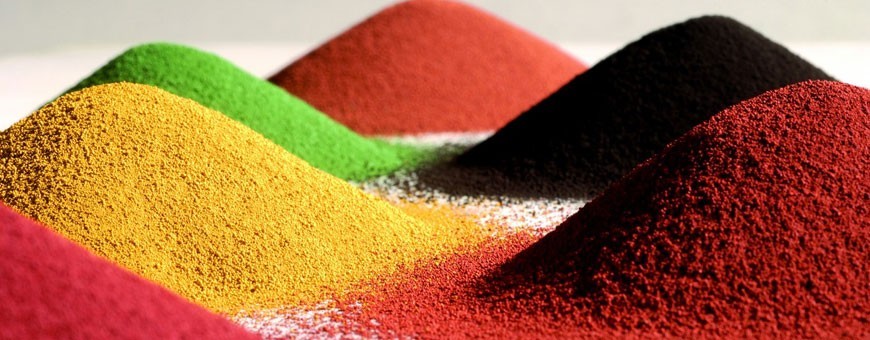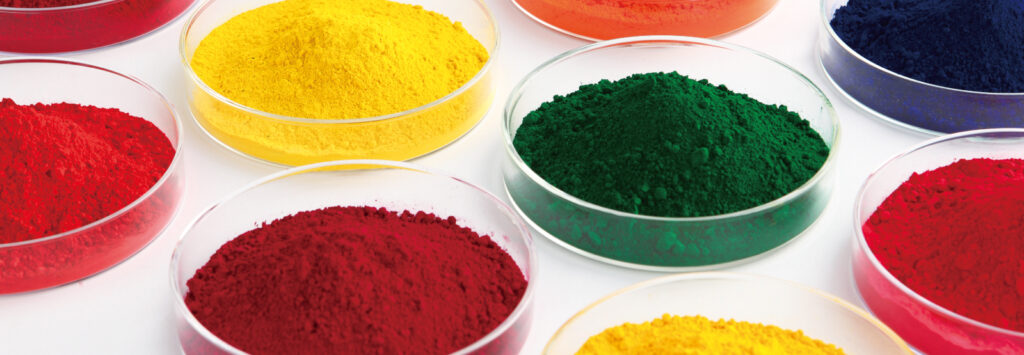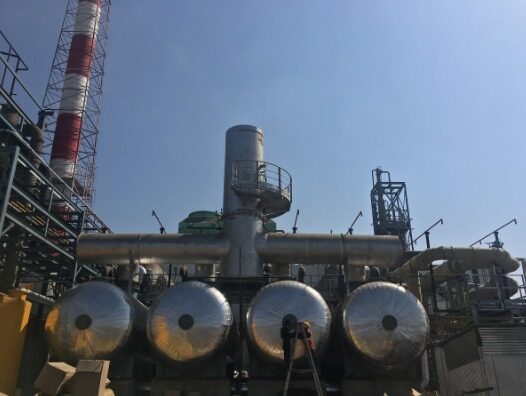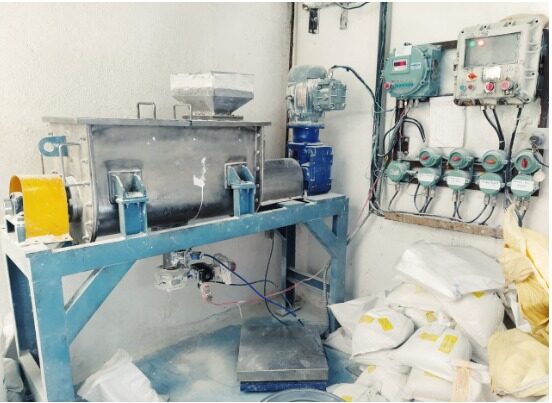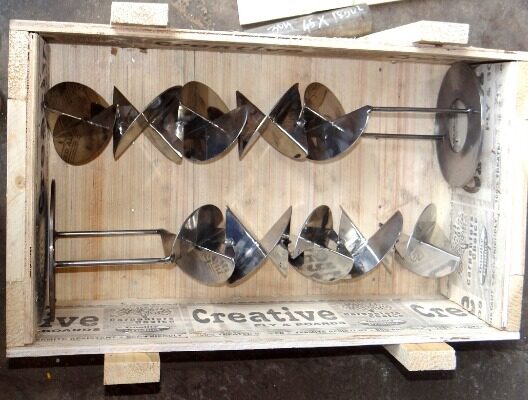ABOUT-
The dyes and pigments sector in India has experienced substantial growth in recent times due to the rising need for colored products across numerous industries, including textiles, cosmetics, food, and inks. The Indian market for dyes and pigments comprises both small and large-scale producers, with the latter dominating production and export.
India has emerged as a major competitor in the international dyes and pigments market, driven by low production costs, supportive government policies, and a growing emphasis on sustainability. Additionally, there has been a surge in the production of specialty pigments as the demand for high-performance and high-quality pigments increases.
ASSOCIATION-
| NAME | URL |
| The Dyes & Pigments Manufacturers Association of India | https://dmai.org/index.php |
DESCRIPTION–
Dyes and pigments are the most essential colorants used to give a colour or to change the colour of anything. They’re widely used in the pharmaceutical, textile, food, cosmetics, plastics, paint, ink, photographic and paper industries. The main difference between dyes and pigments is the particle size. Dyes are finer than pigments.
The dyes and pigments industry encompasses the creation and distribution of colored substances that serve a variety of functions, including the tinting of textiles, cosmetics, food, and inks. Dyes, which dissolve in water, are utilized to add color to fibers, while pigments, which are insoluble, are used to color materials such as paints, plastics, and printing inks.
There are different kinds of dyes and pigments, including synthetic dyes, natural dyes, and specialty pigments. Synthetic dyes are the most commonly used and provide a broad selection of colors and features. Natural dyes, typically derived from plant or animal sources, are utilized in more niche markets such as organic and eco-friendly products. Specialty pigments offer distinctive properties, like brightness, stability, and longevity, and are utilized in high-end applications like automotive and architectural coatings.
RELATED EQUIPMENTS-
In the dyes and pigments industry, various types of equipment are utilized for production, handling, and application purposes. Some common examples include:
- Mixing and Blending Machines: These machines are used to mix dyes and pigments with other materials to ensure uniformity. Equipment such as high-speed dissolvers, triple roll mills, ribbon blenders, and agitators can be included in this category.
- Filtration Systems: These systems are employed to eliminate impurities from dyes and pigments. Examples include filter presses, centrifuges, and vacuum filters.
- Application Equipment: These tools are used to apply dyes and pigments onto various substrates. Some common examples include spray equipment, roll coaters, and rotary screen printers.
- Drying Devices: These machines are utilized to dry the applied dyes and pigments. Conveyor dryers, hot air dryers, and infrared dryers are some examples.
- Testing Instruments: These tools are used to assess the properties and quality of dyes and pigments. Spectrophotometers, colorimeters, and gloss meters are some examples.
- Packaging Machinery: These machines are used to package dyes and pigments into containers for storage and transportation. Filling and capping machines, labeling equipment are some example.

